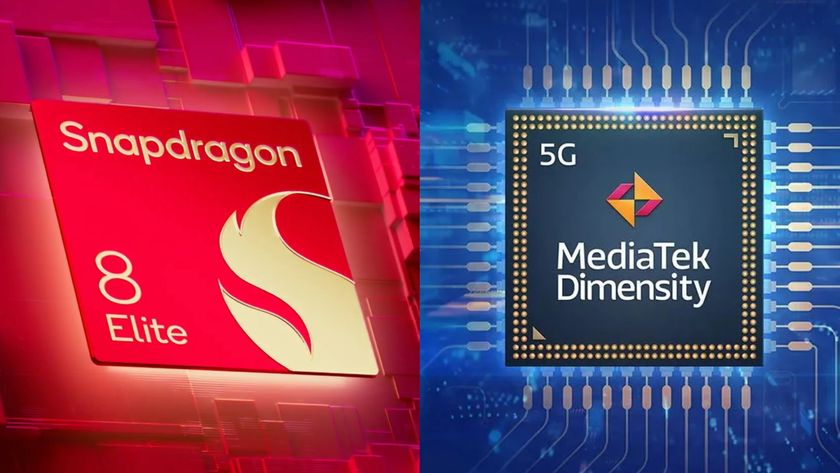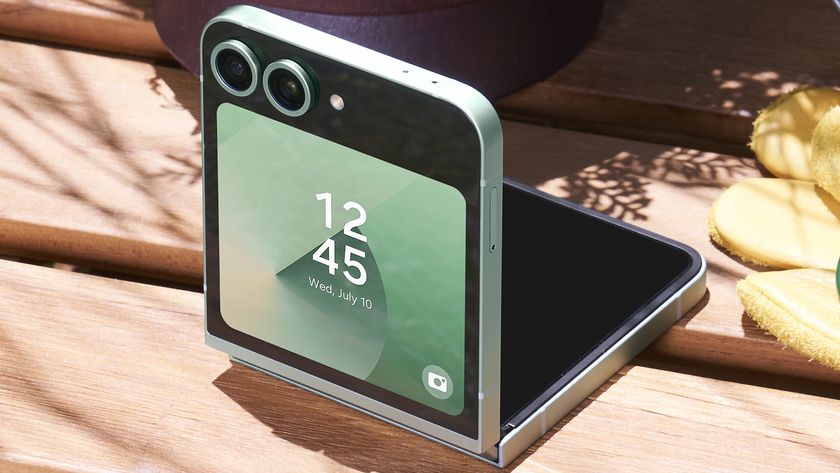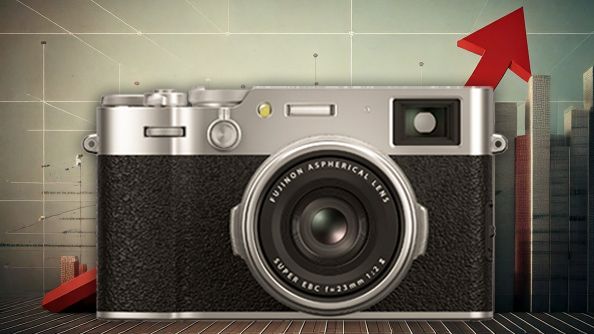The amazing cameraphone tech that could kill compacts
It's more than just megapixels
iPhone 5S
The iPhone 5S in many ways sits between the LG G2 and the HTC One with its approach to photography, as it has an 8 megapixel lens, a 1/3 of an inch sensor and an f/2.2 aperture.
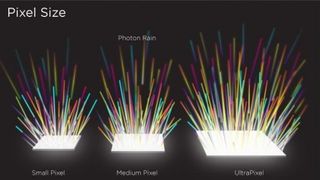
It also has bigger pixels than the LG G2, but smaller ones than the HTC One. To be precise each pixel in the iPhone 5S is 1.5 microns, while those in the HTC One are 2 microns and in the LG G2 they're just 1.12 microns, so the iPhone 5S can capture more light than the LG G2, but less than the HTC One.
Like the LG G2 it has a sapphire crystal lens but it doesn't have optical image stabilisation, though it mimics the effect with auto image stabilisation, which takes four photos in rapid succession and combines the best part of each into a single image.
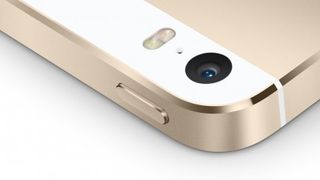
But the iPhone 5S is more than just a middle ground, as it's got a killer party trick of its own. Because while the LG G2 and HTC One just have a single LED flash, the iPhone 5S has a dual-LED 'True Tone' flash.
One of the LEDs is white and the other is amber and for any given shot the iPhone 5S will automatically work out how much of each flash to use, from over a thousand possible combinations, to capture natural, true to life colours.
Nokia Lumia 1020
The Nokia Lumia 1020 is a bit different from the rest of phones on test, with technology distinct from its competition.
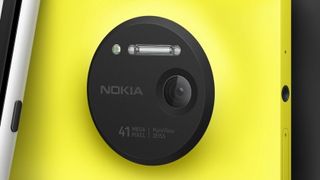
For starters, it comes in with a whopping 41MP sensor, which is plenty powerful and adds a whole host of technology to push the photo message on smartphones forward.
Get daily insight, inspiration and deals in your inbox
Sign up for breaking news, reviews, opinion, top tech deals, and more.
The Pureview technology contained within it uses a new technology called pixel oversampling. What this means is rather than one 41MP image, several images using different pixels are taken and combined into one 5MP image - the point at which Nokia believes is good enough for camera phones.
The Lumia 1020 uses six lens elements in the construction of its camera, using Carl Zeiss optics, to incorporate an extra glass sensor as well as five moulded plastic ones as well - this contributes to a much larger sensor, which is why it protrudes so far out of the back.
The aperture size, as you can imagine on a sensor this size, is a little lower than the HTC One, coming in at f/2.2. However Nokia believes that its combination of the oversampling Pureview technology, combined with a high-power backlight illuminated sensor (which puts fewer components in front of the pixel to preserve more light going in) more than makes up for that.
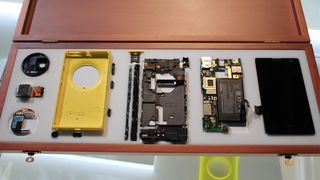
The Lumia 1020 also features OIS, as you might have guessed - the system resting on ball bearings to get a fluid shot with a stable image. It can handle much higher digital zoom thanks to the 41MP sensor, and can even output image files up to 38MP by using all the pixels at its disposal.
It's also got features like a high-power Xenon flash, which the rest on test can't add in simply because it's such a chunky unit - but with the protruding rear, the 1020 has found the space. Just be ready for that added heft.
Nokia has published a white paper on its camera tech used in the Lumia 1020, which you can view here to find out more on the technology.
All of these cameras are great in their own way and often in quite different manners. Going forward it's cameras like these, that are innovative and well thought out, that will be the best, not just those with the most megapixels.
- Apps can breathe new life into a cameraphone. Check out the best ones available for Android.
James is a freelance phones, tablets and wearables writer and sub-editor at TechRadar. He has a love for everything ‘smart’, from watches to lights, and can often be found arguing with AI assistants or drowning in the latest apps. James also contributes to 3G.co.uk, 4G.co.uk and 5G.co.uk and has written for T3, Digital Camera World, Clarity Media and others, with work on the web, in print and on TV.
